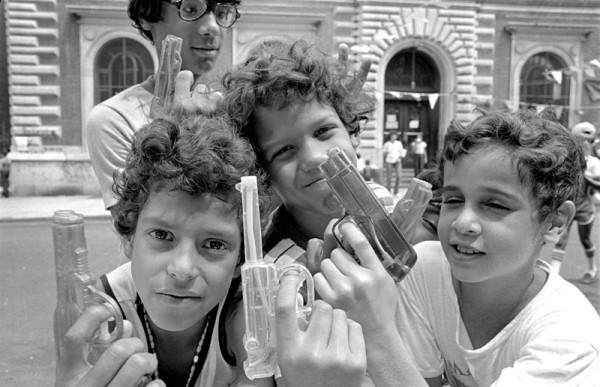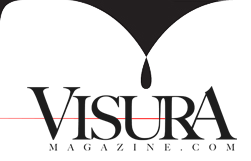
The Walk Through Museum at the Taste of Rum Festival
The Taste of Rum was conceived and to this day is produced by a young Puerto Rican entrepreneur named Federico José Hernández of FH Enterprise. He invited me to curate the Walk Through Museum, a photography exhibition that traces the history and origin of rum and how the industry has contributed to shaping Puerto Rico's economy. It features a selection of early color images by legendary Ukrainian born photographer Jack Delano taken during the years of 1940-1942, showing the daily life of the sugar cane workers on the island. You will also learn about the origin and mission of the governmental agency, Rums of Puerto Rico, along with the four main Puerto Rican distilleries: Bacardi, Serallés, Trigo and Ron del Barrilito.
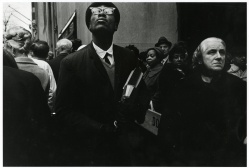
Photographer Paul McDonough
Issue 12
Raised in New Hampshire, Paul McDonough attended the New England School of Art in Boston to study drawing and painting. Finishing his studies in 1963, Paul met Tod Papageorge, the noted photographer recognized for documenting the chaotic tension between fans and athletes in professional sports during the height of Vietnam. Swapping ideas and inspired by Tod’s recommendation, knowledge, and passion for the medium, both photographers formed a friendship that would resonate later in Paul’s career trajectory. He moved to New York City in 1967 where he was transfixed by the city’s soul and kinetic energy. In the city, Tod introduced him to renowned photographer Gary Winongrand, and so begun the transferring between souls.
A Moment With Larry Fink
My mother was a Marxist and an organizer, but she was an elegant gal. She liked to wear minks and furs, and vacation in Florida. And she quit the party because the party was rigid and puritanical. She said: “It is ridiculous. Why sublimate your need for elegance and joy and class and style and fun — for the cause? The cause will be there forever, perhaps. I won’t. I am going to live my life as fully as possible.”
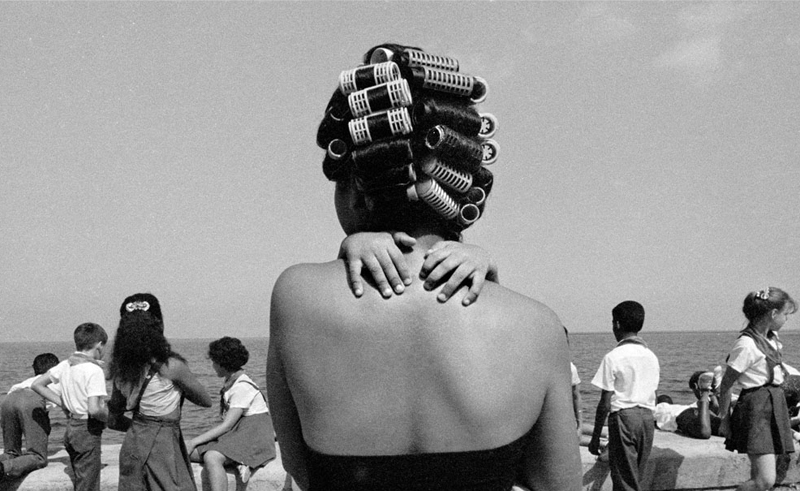
Photographer Raul Canibano Ercilla
Profile by Adriana Teresa Letorney He was born in Havana in 1961, two years after the beginning of the Cuban revolution, and grew up to be a welder working in civil aviation. While on vacation in 1990, Mr. Cañibano visited Cienfuegos — a city in south-central Cuba at the heart of the country’s sugar cane, mango, tobacco and coffee production area — where he had lived as a child.
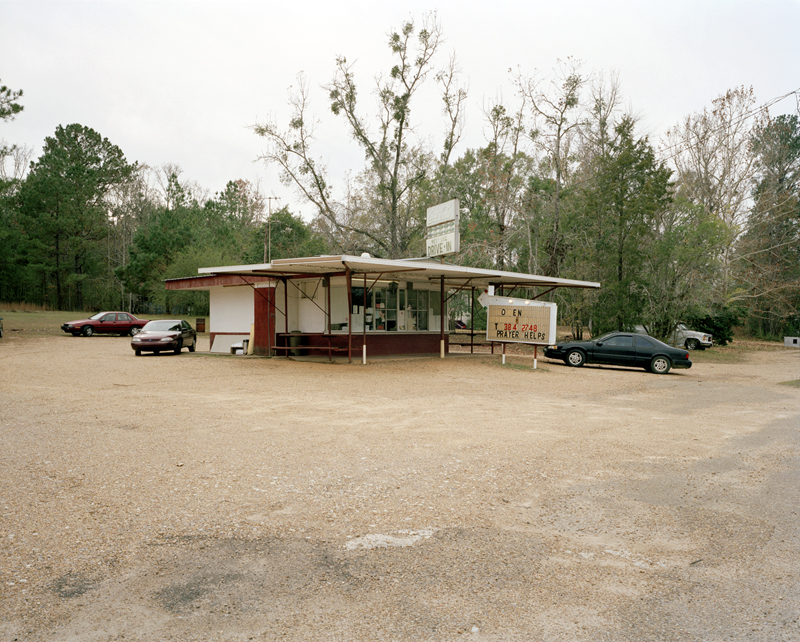
Photographer Jessica Ingram
Five years ago, while wandering around downtown Montgomery, Alabama, I picked up a walking tour trail, and found myself facing a large, ornate fountain, situated on a brick pavilion. A Historical Site sign said that I was standing in the former Court Square Slave Market, where slave traders sold men, women, and children to the highest bidder. It presented cold facts, detailing dollar values for slaves at the time and how none were given last names.

Photographer Mikko Takkunen
I am originally from Finland, but I have been living in the United Kingdom now for nearly eight years having first moved to Scotland in 2002 to study Politics and International Relations in Aberdeen University. I did not pick up a camera until I was 25. I bought my first proper camera just to record hiking trips with my university friends, but soon photography became a passion and by the time I was graduating from Aberdeen University in 2006, I had already decided that I wanted to become a documentary photographer and I ended up enrolling on another university course, this time BA Photojournalism in Swansea Metropolitan University in Wales.
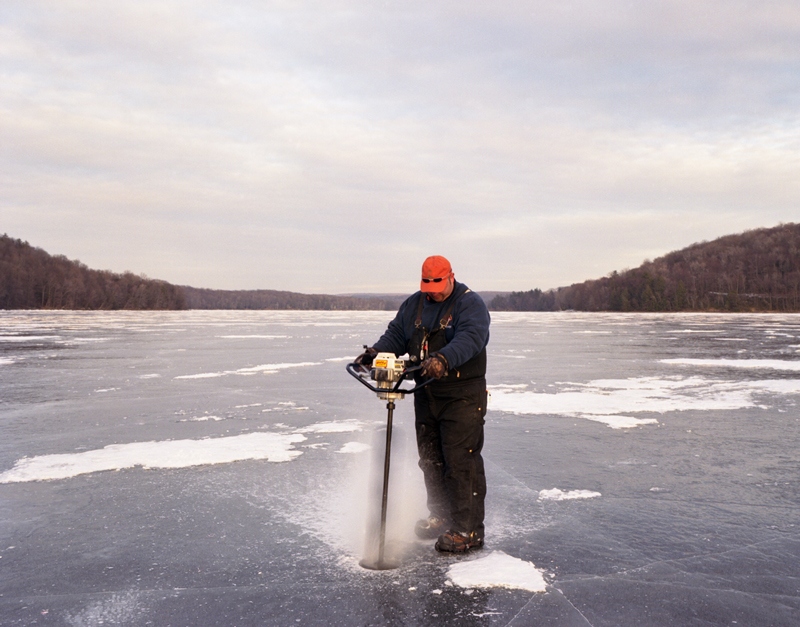
Photographer Michael Itkoff
Often it is easier to leverage an editorial sensibility, to superimpose a cohesive narrative, when shooting a subject with more distance. Personal projects can be more difficult to produce successfully since intimate associations and allusions will not necessarily translate to a viewing audience.

Photographer Hye-Ryoung Min
I was born and raised in Korea. Since I was a kid, photography was always a big part of our family life, and an essential activity not only during family events but also everyday life. All of us were used to taking pictures of each other and also used to being photographed. My family was also put in charge of photographing big events.

Photographer Milagros de la Torre
Photography still intrigues me for its potential to trigger new codes, concepts, memories in a particulate private way to each viewer; for the ambiguities of the photographic act; and, how—through the essence of its own technique—it destabilizes its authority as a record or document of the real.
